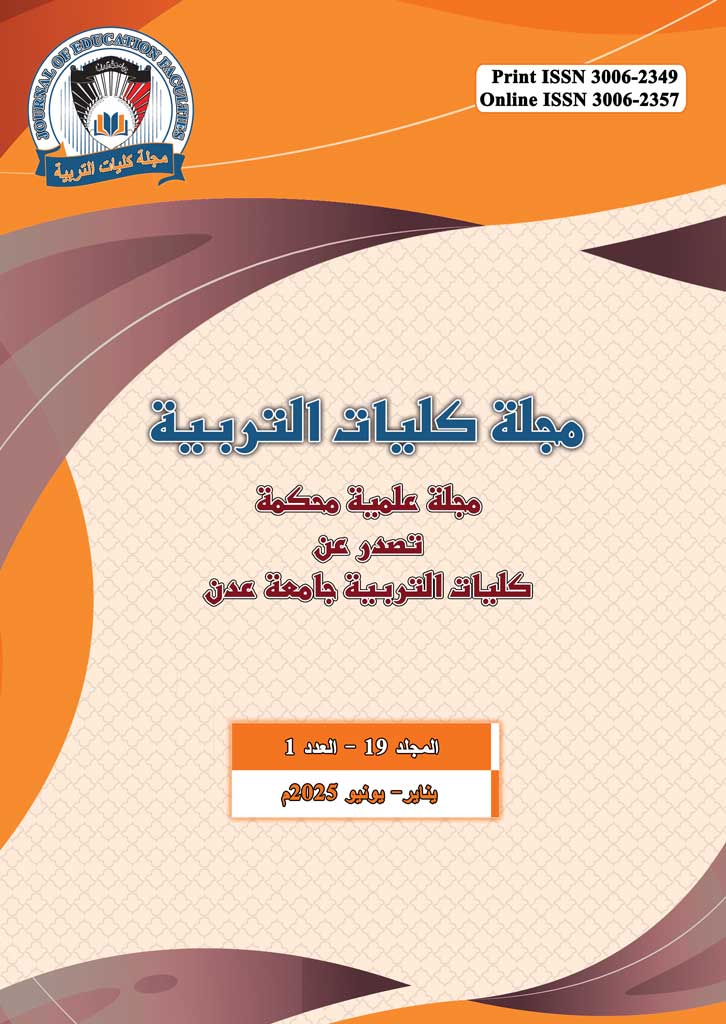Satire in Two Arabic Translations of Puzo's Novel "The Godfather": A Comparative Study
DOI:
https://doi.org/10.47372/jef.(2025)19.1.121Keywords:
satire, translation, comparative, novelAbstract
This study investigated the translation of satire from English into Arabic in Puzo's novel “The Godfather” in two Arabic translations of the novel, namely Dar Al-Adab’s translation and Al-Haddad’s translation. It aimed to analyze the strategies employed in the two translations. It further delved into comparing these strategies across the two translations under study. The study used a comparative qualitative approach, utilizing Vinay and Darbelnet’s (1958/1995) model for analyzing the strategies in both translations. A total of ten excerpts containing instances of satire were selected from the source text and compared with their counterparts in the two Arabic translations. The findings of the study revealed that both translators faced difficulties in conveying the implicit meanings of satire, largely due to cultural and linguistic differences between English and Arabic. To overcome these difficulties, the translations under study used literal translation, modulation and adaptation. Dar Al-Adab’s approach depended more on oblique translation, employing strategies like modulation and adaptation to align the content with Arabic cultural norms. On the other hand, Al-Haddad’s translation exhibited a more literal approach, preserving much of the original text’s linguistic structure while occasionally adding contextual explanations to aid the target audience’s understanding. While Dar Al-Adab’s strategy aimed for cultural acceptability, Al-Haddad’s translation prioritized fidelity to the source text. The study highlights several implications and recommendations for translator training, emphasizing the need for greater focus on handling satire and irony in literary works.
Downloads
Published
How to Cite
Issue
Section
License
Copyright (c) 2025 Journal of the Faculties of Education - University of Aden

This work is licensed under a Creative Commons Attribution-NonCommercial 4.0 International License.

